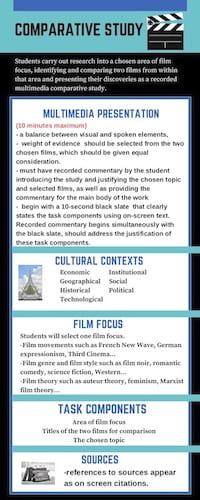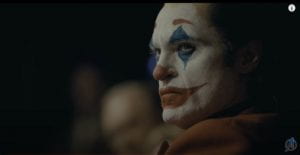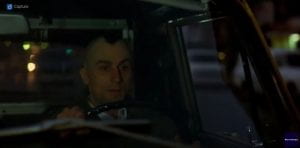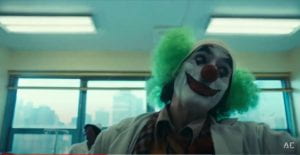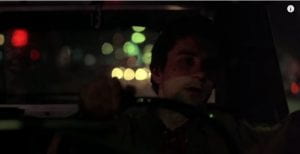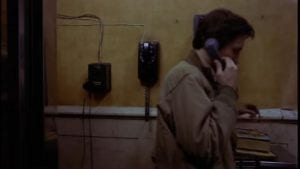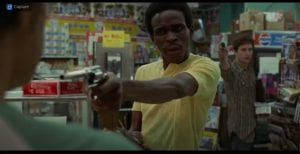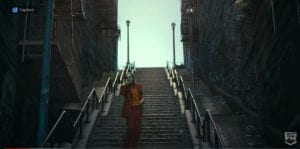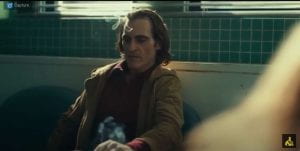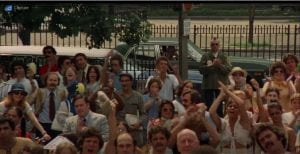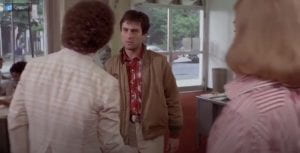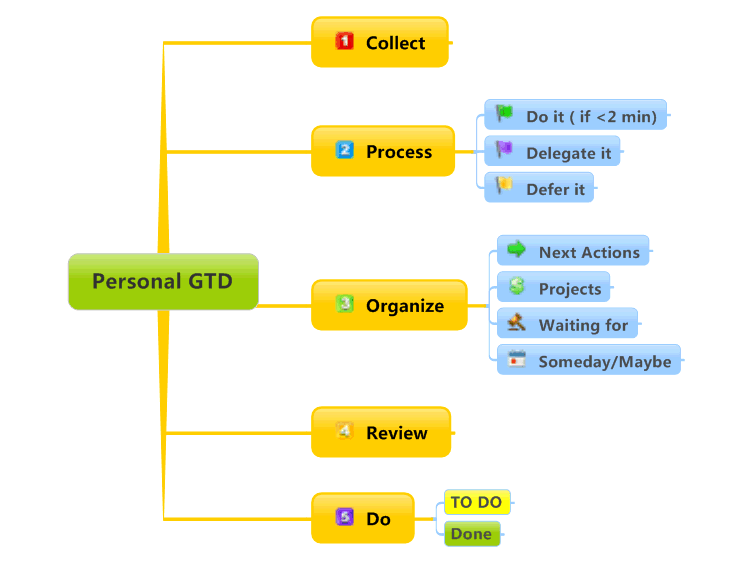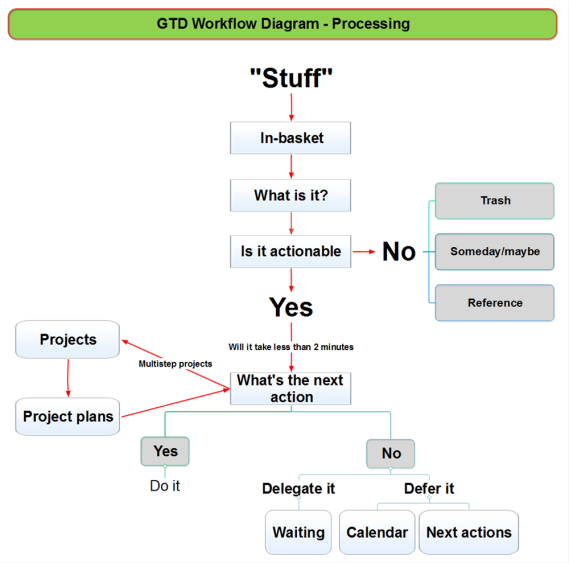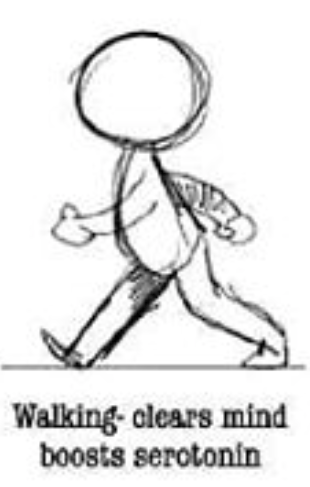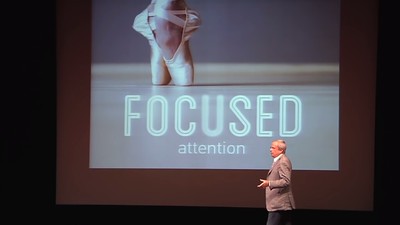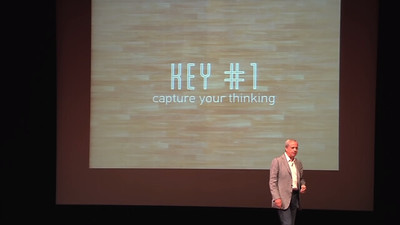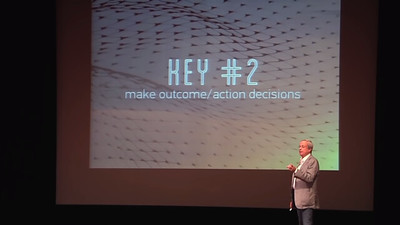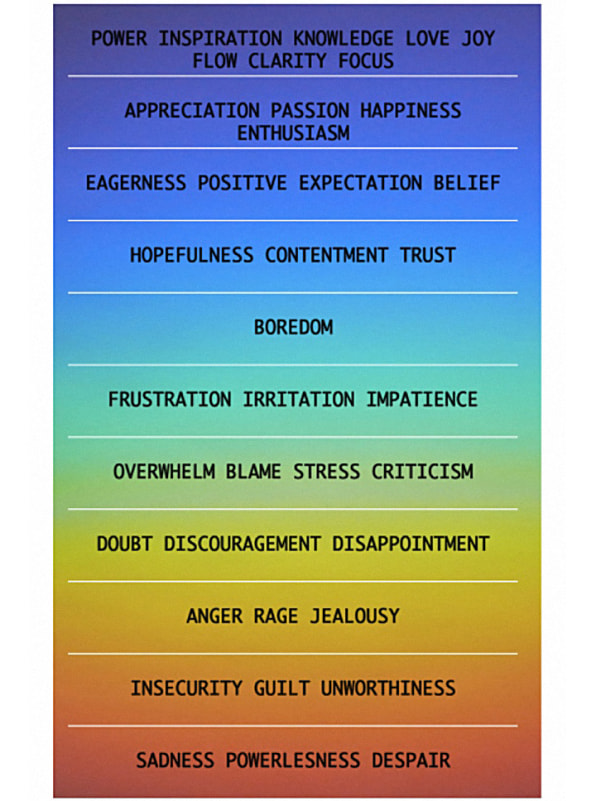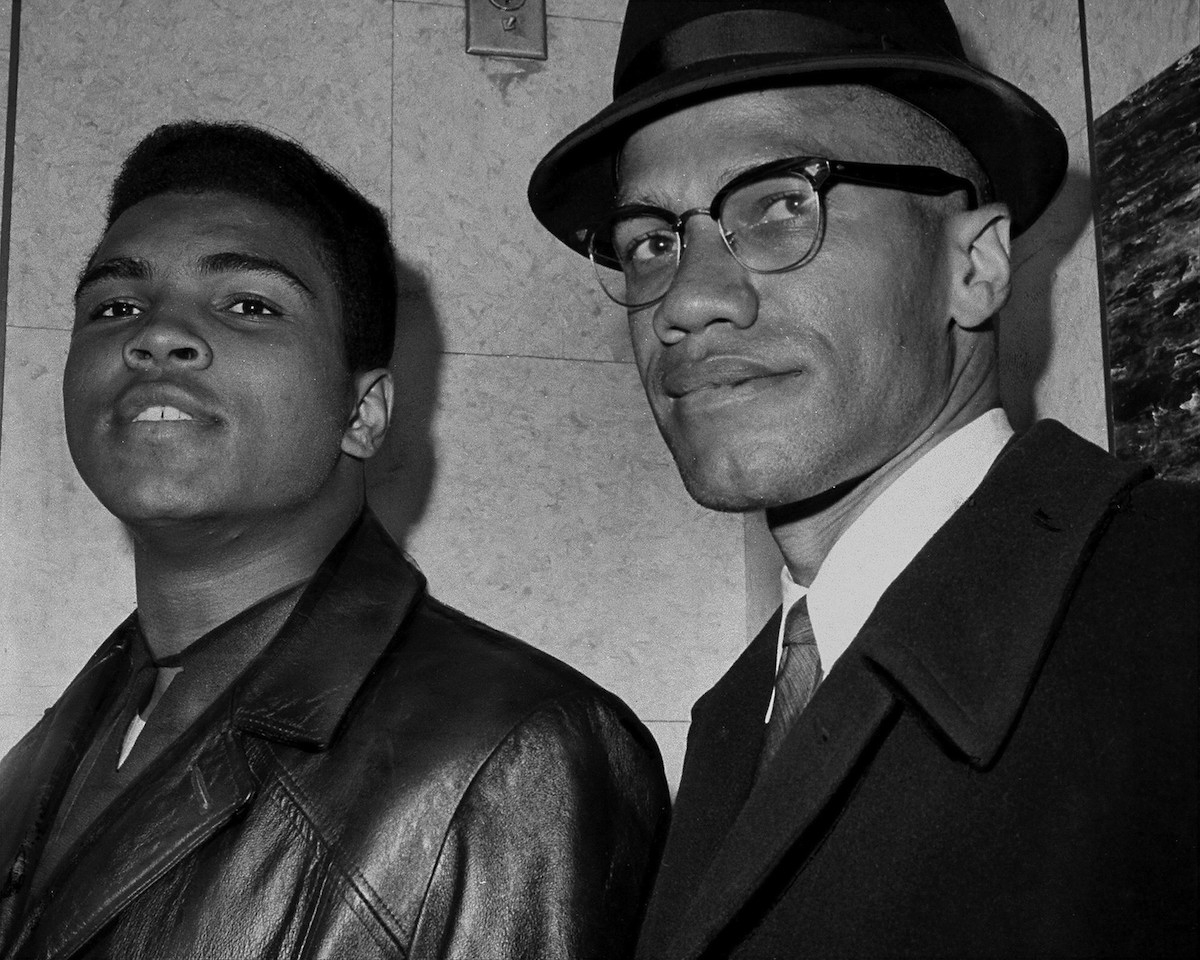IB Text Analysis: Pan’s Labyrinth

“Director/Conductor” by La Chachalaca Fotografía is licensed under CC BY-NC 2.0
Summary
A guide to planning, researching, and creating your IB Film Text Analysis
- Follow the directions for each step below
- Include for your notes, where required
Student Work
- Justin’s Post, Draft Paper, Bibliography
- Neil’s Post, Draft Paper, Bibliography
- Satchel’s Post, Draft Paper, Bibliography
- Dexter’s Post, Draft Paper, Bibliography
- Sam’s Post, Draft Paper, Bibliography
- Jadee’s Post, Draft Paper, Bibliography
- Laari’s Post, Draft Paper, Bibliography
Guidance for Your Work
“The TA is an exam. Failure to turn in the work within the 4 weeks, unless the teacher requests extenuating circumstances directly from the IB, should be considered a fail.” – IB Film
13.5 Hours To Complete
- Please track how long it took you for each stage
Step 1 – Preparation: Spend 2 Hours
Total Time: 26:28
- Watch Mr. Le Duc’s Overview Video (10 minutes)
- Thoroughly read the TA requirements in IB Film Guide PDF (including rubrics) (15 minutes)
- Review the TA Task Details
- Clear cover page with the Title of Film & Timecode (5-minute film extract)
- Sans serif 12 point font
- In-text citations
- List of all sources
- The textual analysis (1,750 words maximum) is intended to be a formalist exercise rather than a thesis-driven
essay. - The focus of the work should be on how meaning is conveyed through the use of film elements in
the chosen film text, with consideration of the cultural context of the film and communicated through the
use of relevant and accurate film vocabulary common to the study of film and appropriate for film analysis. - In this task, the examiner is looking for evidence of the extent to which the student is able to demonstrate an
understanding of:- The cultural context of the chosen film text
- The use of film elements to construct meaning in the selected extract, using appropriate film vocabulary
- How the identified film elements in the selected extract relate to the cultural context of the film, to the film text as a whole and, where appropriate, to other films, as identified by the student
- At the start of the textual analysis, students should clearly state which film elements they are going to
discuss. - The list of all sources used is excluded from the textual analysis word limit
- Read Examples and Scoring Guides (45 minutes)
- Review the Big List of Film Terms (15 minutes)
- Review the Text Analysis Worksheet (PDF) (5 minutes)
- Explore the CHS Library: capital.osd.wednet.edu/academics/library (5 minutes)
- Explore The Moving Image Source Research Guide: www.movingimagesource.us (5 minutes)
- The Moving Image Source Research Guide is a gateway to the best online resources related to film, television, and digital media
- Explore Mr. Le Duc’s Film Resources Page (5 minutes)
- Examine the TA Poster 1 (PDF) (5 minutes)
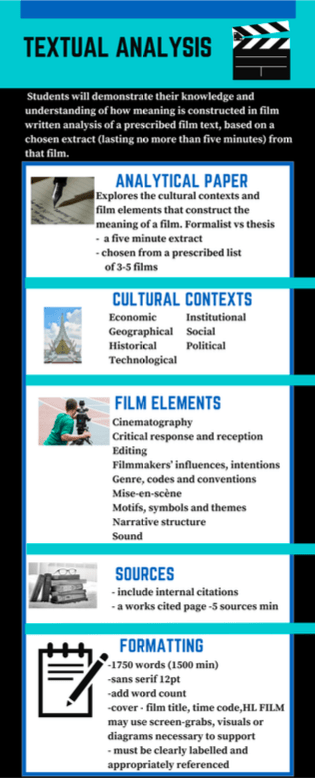
- Examine the TA Poster 2 (PDF) (5 minutes)
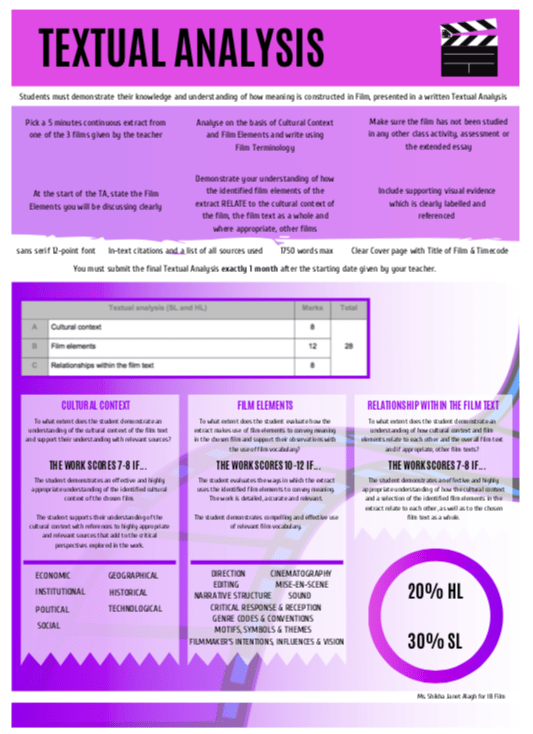
Step 2 – Pick a Film, Watch It, and Write Notes: Spend 4.5 Hours
Total Time:
The goal of IB Film is to expose students to films from all over the world and to increase their critical and practical understanding of film as a creative art form and reflection of its time period, society, and political and cultural environment. As a result, this class requires the viewing of a wide variety of films. In some cases, these films may carry an R rating, or, in the case of films made before 1968 and some foreign films, will have no rating at all. Please be assured that all the films selected for this course have a high degree of artistic merit and that many have won numerous awards and are considered part of the film canon. However, if you object to any film shown that does carry an “R” rating, you will always have the opportunity to request that an alternative film be assigned, and/or be excused from class and not view the film.
- Watch the trailers and pick ONE of these films (or the two episodes) (10 minutes)
- Pan’s Labyrinth [Spain/Mexico] Director Guillermo Del Toro 2006 (Rated R)
- Trailer
- Available on Netflix and other streaming services
- Google Drive (Film and Commentary)
- Across the Universe [USA] Director Julie Taymor 2007 (Rated PG-13)
- Trailer
- Available on Hulu and other streaming services
- Google Drive (Film, Commentary, and Extra Features)
- The Handmaid’s Tale, Season 1 Ep. 01 and 02 [USA] Director Reed Morano 2017 (Rated R – Mature Rating on Hulu)
- Trailer
- Available on Hulu
- Pan’s Labyrinth [Spain/Mexico] Director Guillermo Del Toro 2006 (Rated R)
- Review Drew’s TA Guide Sheet (he scored very high!) (10 minutes)
- First Viewing: Watch the film and record your reactions (2 hours)
- Take notes (below in this post)
- How does the film (various scenes) affect you?
- Remember every scene is like a mini-movie
- Pay attention to which scene best represents the film, for you
- When the captain grabs Ofelia’s hand, it makes me think he’s the bad guy
- The labyrinth has a hellish look to it
- The Doctor seems to be a good guy
- The medicine he gave her looks to have importance
- The room has a blue green color
- interesting shot of the fetus transitioning to the rose in Ofelia’s story
- The scene where the captain kills the farmer and his son was powerful
- The fairy looks weird, not fairytale like. The movie is not uplifting
- Ofelia is not scared by the faun
- The book revealing itself was mysteriously shot
- When Ofelia enters the fig tree, the stuff in the air looks mystical
- The scene with the toad was disgusting from start to end. It shows what Ofelia is willing to go through
- Ofelia has ruined her dress to pursue the tasks, she seems happy about it
- when we first see where Ofelia is going with the chalk, the hallway looks hostile, along with the room with the feast and the monster in it
- the silence is deafening to the point where just the key being out makes a sound
- when Ofelia eats the grape, seeing the fairy put it’s head in it’s hands helps us to realize the gravity of the situation before the monster even wakes up
- the rain makes the fighting scene seem gritty
- It is hard to watch Pedro mess up when he can’t count to three without stuttering
- The faun yells at Ofelia, but she isn’t concerned about the noise, only what he is saying
- It’s hard to watch the doctor kill Pedro
- the scene with Mercedes and the captain was very intense
- The scene where Mercedes cuts up the captain is very brutal
- When the captain is chasing Ofelia through the labyrinth, there is high tension
- Take notes (below in this post)
- Second Viewing: Notice the cinematography, mise en scene, actor movement, wardrobe, sound (diegetic, non-diegetic, music, etc.) choices (2 hours)
- Review the Big List of Film Terms for cinematic elements, mise en scene (what’s represented on screen), and sound
- Write notes (below in this post)
Step 3 – Choose Your Extract, Watch It, Write Notes, and Research: 2.5 hours
Total Time: 1:41:06
- Open your TA Bibliography Google Doc (In Your IB Google Drive Folder – Mr. Le Duc created)
- You will add your MLA sources as you research
- Choose your 5-minute extract (scene)
- Re-watch this scene numerous times and write notes in the Task Analysis Guide (below) (15 minutes)
- Narrative
- Camerawork: Angles, and Movements
- Composition
- Lens: Depth of Field
- Mise-en-scene
- Blocking / Position of characters
- Acting/body language
- Acting style / method
- Lighting / Cinema Lighting
- Color scheme
- Set/location/props
- Set design
- Costume, hair, makeup, class, gender fabric, color
- Sound Design
- Soundtrack/Score
- Editing
- Research to support your notes (1 hour)
-
- Cultural context Evidence: Textual analysis and sources
- Answer these questions:
- To what extent do you demonstrate an understanding of the cultural context of the film text?
- To what extent do you support your understanding of the cultural context with research from appropriate and relevant sources?
- Answer these questions:
- Cultural context Evidence: Textual analysis and sources
- Add to your notes in the Task Analysis Guide
-
- Re-watch your scene numerous times and add to your notes (15 minutes)
- Research to support your notes (1 hour)
- Re-read Criterion B Film Elements Rubric
- Evidence: Textual analysis and sources
- To what extent do you evaluate how the extract makes use of film elements to convey meaning in the chosen film?
- To what extent do you support your observations with the appropriate use of relevant film vocabulary?
- Evidence: Textual analysis and sources
- Write notes (below in this post)
- Re-read Criterion B Film Elements Rubric
Step 4 – Compose A Rough Draft: 2 hours
Total Time: 52:16
- Watch Mr. Le Duc’s Convert a Table into Text with Editpad.org tutorial and do the following: (5 minutes)
- Copy and paste the two columns of your Text Analysis Guide notes (below) into editpad.org
- This will convert your two-column table layout into a regular text document
- Copy and paste from editpad.org into your Google Docs TA Paper Template
- Copy and paste the two columns of your Text Analysis Guide notes (below) into editpad.org
- Thoroughly re-read and examine your work with the Text Analysis Rubric (PDF) (10 minutes)
- Compose your rough draft (1.75 hours)
- Weave in your research the following
- WHAT: Your observation about a film element in the 5-minute scene
- WHY: Relate the film element to the shot or scene’s emotional or narrative importance
- HOW: Explain how the film element works in the context of this scene
- SO WHAT: Justify it with the cultural context, as needed
Step 5 – Get Draft Peer Reviewed: 30 Minutes
Total Time:
- Get it peer-reviewed with the TA Worksheet (PDF) (30 minutes)
- Peer Reviewer: Look for evidence of each section of the document
- Look for WHAT, WHY, HOW for each statement in the paper
- There should be at least one WHY or HOW or every WHAT statement
- Look for cited research to support statements, where it makes sense
- Write comments to help the author
- Add them as “Add Comments” on the side, so you do not add to the word count of the document
Step 6 – Revise: 1 Hour
Total Time:
- Revise your draft (1 hour)
Step 7 – Get Feedback from Mr. Le Duc and Revise: 30 Minutes
Total Time:
- Get feedback from Mr. Le Duc
- Make final revisions and check format (30 Minutes)
Step 8 – Finalize Paper and Cover Page: 15 Minutes
Total Time:
- Clear cover page with the Title of Film & Timecode (5-minute film extract)
- Sans serif 12 point font
- In-text citations
- Less than 1,750 words maximum
Step 9 – Finalize Bibliography and Check Format: 15 Minutes
Total Time:
- Update your TA Bibliography Google Doc (In Your IB Google Drive Folder)
- Finish and check the format of your MLA sources as you research
Step 10 – Upload to Turnitin.com: 10 Minutes
Total Time:
- Upload your TA paper (from Your IB Google Drive Folder)
- Upload your TA Bibliography Google Doc (from Your IB Google Drive Folder)
Text Analysis Guide (For your 5 Minute Scene)
TASK COMPONENTS (INQUIRY) |
NOTES |
| The extract may be up to five minutes in length and must be a single, continuous sequence of the film | |
| Time of 5-minute clip | 33:00-38:00 |
PART 1 – The film, your scene, why it is of interest, and how your scene relates to the whole film. |
It is the first task Ofelia has to do and it involves both the captain’s storyline and Ofelia’s storyline. |
Brief Summary of ExpositionWriter, Director, Producer, studio, year released Main characters, conflict, identify the genre. Identify the aspect ratio. |
|
Context of Extract in Film – briefly describe the sceneAt what times does your scene occur, how it begins, and how it ends. Do not describe it further. The judges have seen the movie. |
It starts with Ofelia crawling into a dying fig tree to retrieve a golden key. Integrated with this is the captain discovering a spot where the rebels had set up camp. The scene ends with Ofelia tricking the toad into eating the rocks and taking the key from the Toad. |
The Rationale for Selection – relation to the entire movieWhy is it interesting and why does this scene best illustrate the themes of the whole movie? |
This scene incorperates many of the important themes that the film has. It illustrates the theme of birth and maternity through the fig tree and the toad. It shows the captain’s ruthless pursuit of the rebels. It illustrates the indirect killing of Ofelia’s mother by the captain. |
PART 2 – Remember to integrate the Director’s intent with each of the following areas in this section |
|
Narrative |
|
| Script – Not just dialogue but in terms of being the spine of the story Explain how this scene advances the plot. How do the events of this scene clarify/complicate matters? How does this scene affect/cause future events? What new information is revealed or suggested about a character? Is there anything deliberately withheld? Anything unusual in the dialogue? Word choice? Delivery? Accents? Repetition? | For Ofelia, she completes her first task to becoming the princess of the underworld. For the captain, he discovers the vial of anti-biotics that he uses to discover the doctor is a traitor helping the rebels. We also get to see the rebels for the first time. When Ofelia meets the toad, she introduces herself as princess Moanna, and says she is not afraid of it. However how she delivers the line suggests that she is. She asks the Toad if it is ashamed of living in the tree, eating bugs and getting fat. Similar to the upper class in the following dinner scene, not having to experience the burdens that the war brought on the people, instead being able to stay at their homes and avoid it. |
Cinema Photography |
|
| a) Camerawork – describe shots in specific terms Shot size: ELS, LS (stage), full shot, MS, CU, ECU. Camera angles: bird’s eye, high angle, eye level, low angle or Dutch (oblique), camera movement: pan, tilt, dolly or tracking, handheld, Steadycam, or moving crane. Invisible V conspicuous. Are tracking shots motivated by character movement? | LS – shows the clausterphobic scene, slow zoom in
Dolly shot transitions to Captain and horses (motivated by character movement) CU – Captain’s hand, starts with a tilt, transitions to a pan Cu – tracks the Captain’s hand picking up a paper bag MCU – The captain is examining the antibiotics, camera begins to rotate around the Captain MS – Captain walks up a hill, the camera cuts pans in front of him MS – Camera is behind the Captain, slow pan MLS – Captain and two officers are somewhat small, almost looking down on them CU – on captain’s upset face MS – low angle shot, Captain still has power Pan follows men out of the forest Transition to behind rebel’s back (MS) FS – Low angle shows the rebels have power MCU – pan follows Ofelia in cave, reveals bugs are still on her MCU – show’s Ofelia’s concerned face, she is lost, slow zoom in on cave Slight pan to reveal toad Shot reverse shot with Ofelia and the Toad CU – Ofelia drops the stones in mud CU – Shows the bug in Ofelia’s hand MCU show’s Ofelia gets an Idea WS – Shows both Ofelia and dying toad MCU – highlights the golden key MCU shows Ofelia’s lip quivering, tracking reveals that her dress is not where she put it
|
| b) Composition Open/closed composition, aspect ratio, rule of thirds, Kubrick single-point perspective. | |
| c) Depth of Field Consider foreground, mid, ground, and background. Deep focus is associated with wide-angle lenses. Could be flat. Narrow ranges of focus may be the result of telephoto lenses. | The captain and his to officers are small in frame, they have little power. |
Mise-en-scene – The overall look and feel of a movie |
|
| a) Position of characters and objects Identify the dominant, does movement guide our focus, character proxemics patterns (intimate, personal, social, and public distances). How does the director add meaning to these choices? Is one character encroaching on another’s space? Watch for space being used to portray relationships/changes in relationships. Watch for windows, doors, parallel lines that frame people or objects. Entrapment. Look for actor placement. Front – actor facing camera, greatest intimacy. One-Quarter Turn – very popular. Profile – character lost in the moment, a bit more distant than the previous two. Three Quarters Turn – useful to convey anti, socialness, Back of Head, most anonymous shot. Creates a mystery or feeling of alienation. | When the captain shows up, only him and his officers get off their horses, the rest of the soldiers are not shown until they leave. The captain is dominant, he’s always the largest in frame. When he realizes the rebels are close by, he never looks directly at the camera, he doesn’t know where they are exactly. We even see from behind him, suggesting they could be surrounded. |
| b) Lighting Low or high key. How does the director use light to focus our attention? Key, fill, and backlighting. What is the source of lighting in the context of the scene? | In the cave, it is oddly well lit with an almost golden light. This is most likely to add to the fairytale piece of the story. The scenes in the forest with the captain are naturally lit to bring the audience back to reality. When Ofelia leaves the cave, it is a dark blue, showing a cold snapping back to reality. |
| c) Color scheme How does the director use color and what is the director’s intent for doing so? Look for color symbolism or color associated with characters. Color to suggest a mood. Color as foreshadowing. Contrasting colors ( the monolith v white room) | golden light in cave shows mysticism
Dark Blue when Ofelia leaves the cave – creates a cold feeling
|
| d) Set/location/props Set design. Studio or on, location, describe props, scenery, what was the Director ́s intent for using them? How dense is visual information? Stark, moderate, or highly detailed? | The Fig tree outside and in looks like a uterus, most likely representing the Ofelia’s mother and the child she’s carrying. The is being killed by what’s inside it similar to how Ofelia’s brother is killing her mom. The vial of antibiotics is crucial as it indicates that the doctor is involved with the rebels before it is revealed. It is the reason that he gets caught later in the film. The forest set in combination with the camera work meant to be confusing. |
| e) Costume, hair, make up Period, class, gender (emphasize or diminish), age-appropriate, silhouette (close-fitting or baggy), fabric (plain, sheer, rough, delicate), accessories. Color is very important in relation to character. | Ofelia is dressed minimally, she is clean at the start and ends covered in mud and slime. The Captain and soldiers are dressed in dark colors. The rebels look poorer than the soldiers. |
| f) Acting/body language Acting style, body language, blocking, period, or contemporary. Individualized (Joker), Stylization. Look for subtext (character says one thing but means something else). Consider typecasting as a shortcut to characterization. | |
Sound – watch scene w/o pictureLive sound, sound effects, and music. Sound can be diegetic, meaning characters would hear it, or non, diegetic, meaning that characters would not hear it, such as narration or music over the credits. Explore the relationship between diegetic and non, diegetic sound when appropriate. |
|
MusicIs the music telling you what to feel? Music can be used as a counterpoint to the action. |
|
EditingEllipsis (time compression) and cross-cutting, fades, dissolves (fades between scenes), wipes, matching cuts, straight cuts, dialogue overlap, and sound bridges. Consider how long each shot lasts. |
|
Part 3: Analyzing the Film as a Product |
|
Sociocultural ContextIn what way was this movie a product of its time? What does the audience learn about the culture or historical context of the film? |
|
Target AudienceTeens/adults or male/female age group, college education art crowd, liberal, conservative, Christian |
|
Generic Expectationshttp://www.filmsite.org/filmgenres.html also research http://tvtropes.org/pmwiki/pmwiki.php/Main/Tropes |
|
ThemesMan V Man, or one of the others, is this film an allegory? |
|
Motifs/SymbolsWhat specific devices support your definition of the theme? Look for recurring elements. |
|
Film CriticismBoth contemporary and current. Use brief quotes from two different sources. Record the details: reviewers’ names and publication names/dates |
|
TASK COMPONENTS (ACTION) |
|
| Compose Paper | |
Part 4: Sources |
|
| Source 1 | https://theasc.com/ac_magazine/January2007/PansLabyrinth/page1.html |
| Source 2 | https://www.youtube.com/watch?v=NqDLB3JWfds |
| Source 3 | http://widescreenjournal.org/index.php/journal/article/view/66/111 |
| Source 4 | https://www.youtube.com/watch?v=xbZNkMn3PvQ |
| Source 5 | https://www.youtube.com/watch?v=8-G8pKiuG8Q |
| Source 6 | |
| Source 7 | |
| Source 8 | |
| Source 9 | |
| Source 10 | |
TASK COMPONENTS (REFLECTION) |
|
| Revision 1 | Proofreader: |
| Revision 2 | Proofreader: |
| Revision 3 | Mr. Le Duc |
External Assessment Criteria SL and HL
Peer Review Checklist
- Use the TA Worksheet (PDF) for review of core elements for the peer review
- Use the TA Marksheet (PDF) for the inclusion of all needed elements in peer review

